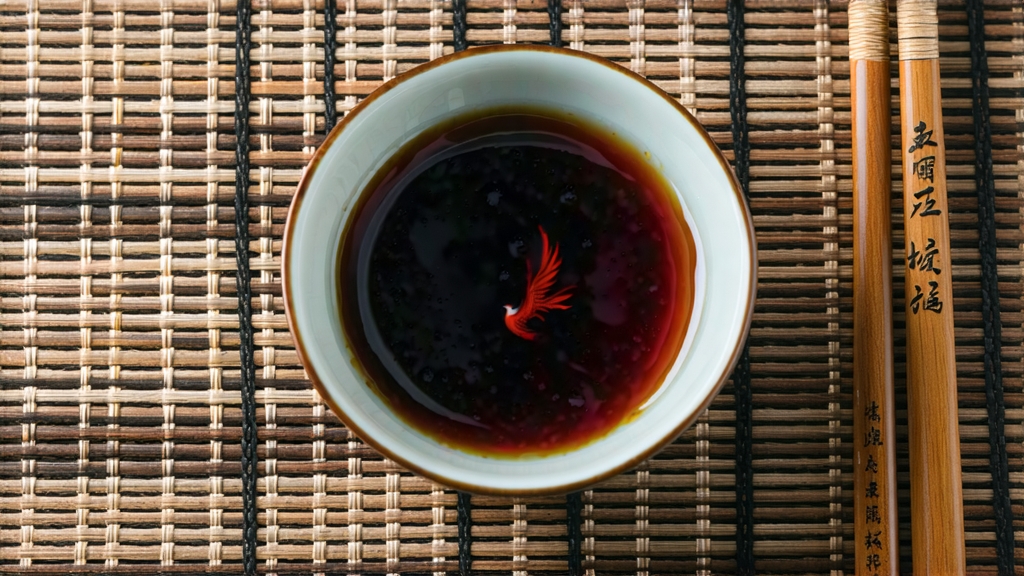
High above the torrents of the Han River, where granite crags dissolve into subtropical cloud forest, the Phoenix Mountains of Guangdong Province have been humming with tea fragrance for almost a thousand years. Among the countless oolongs that China has gifted to the world, none carries a more lyrical soul than Phoenix Dancong—literally “Single Bush,” a name that promises every leaf in your cup can be traced back to one specific, centuries-old tree. To understand Dancong is to listen to a living archive of Hakka migration, Song-dynasty horticulture, and the stubborn poetry of mountain farmers who still speak of tea as if it were a bird that can be taught to sing.
History: From Song Imperial Tribute to Modern Connoisseurship
The first written record appears in 906 CE, when a regional gazetteer notes that “the monks of Wudong peak present scented tea to the court.” By the Southern Song (1127–1279), imperial envoys were already levying Phoenix tea as tribute, paying with salt and silk. Locals still recount how the Song emperor Zhao Bing, fleeing Mongol cavalry, tasted the infusion and declared it “a phoenix reborn in liquid jade.” Whether apocryphal or not, the story cemented the tea’s regal aura. During the Ming, Hakka settlers terraced the slopes above 600 m, grafting wild tea trees onto selected rootstocks, creating what botanists now call the “Phoenix dancong group”—a sexually reproducing population that expresses wildly different aromatics from seed to seed. Thus, every ancient tree is, in effect, its own cultivar.
The 1980s market liberalization turned local village co-ops into laboratories of aroma. Farmers began naming outstanding individual trees after the fragrance they most resembled: honey-orchid (mi lan xiang), ginger flower (jiang hua xiang), almond (xing ren xiang), gardenia (zhi lan xiang), and more than eighty others. Today, a single old tree can be insured for over USD 20,000, and its spring harvest auctioned grams at a time to collectors from Shenzhen, Taipei, or New York.
Terroir: Why the Mountain Sings
Phoenix Mountains lie just 25 km from the South China Sea. Maritime fog rolls inland every afternoon, wrapping the tea gardens in 85–90 % humidity, then retreats at night, allowing leaves to cool and contract. This diurnal “breathing” builds up aromatic precursors—linalool, geraniol, jasmine lactone—at a rate unseen in inland ranges. Soils are lateritic granite, thin and mineral-starved, forcing roots to dive three meters or more in search of phosphates and potassium. The stress concentrates polyphenols and soluble sugars, yielding a liquor that is simultaneously brisk and honey-sweet. Elevation bands matter: below 400 m the tea is called “hou peng” and considered coarse; 400–600 m produces “mountain segment” (shan duan) with balanced body; above 800 m the coveted “cloud tea” (yun wu cha) gains cooling menthol notes and a throaty echo Chinese cuppers call “mountain rhyme” (yun).
Varietals: A Library of Aromas
Unlike Tieguanyin or Da Hong Pao, which are clonal, Dancong is a population of seed-grown individuals. Yet through centuries of mass selection, farmers have grouped trees into ten “fragrance types.” The most celebrated is Mi Lan Xiang—Honey Orchid—dominated by β-ionone and linalool, yielding a peach-apricot top note over warm honey. Jiang Hua Xiang—Ginger Flower—carries zingiberene and citrusy citral, giving a bright, peppery lift. Huang Zhi Xiang—Gardenia—bursts with creamy lactones that remind tasters of pandan custard. Less known outside Chaozhou are the “medicinal” profiles such as Ba Xian—Eight Immortals—whose liquor smells of fennel and licorice root, beloved by local grandmothers for soothing late-night dim-sum indulgence.
Craft: The Choreography of Sun, Wind, and Charcoal
Harvest begins at 9 a.m., when dew has evaporated yet mountain air is still cool. Two leaves and a bud are snapped, never cut, to keep the stem’s diaphragm intact—vital for later shaking. The wicker baskets are